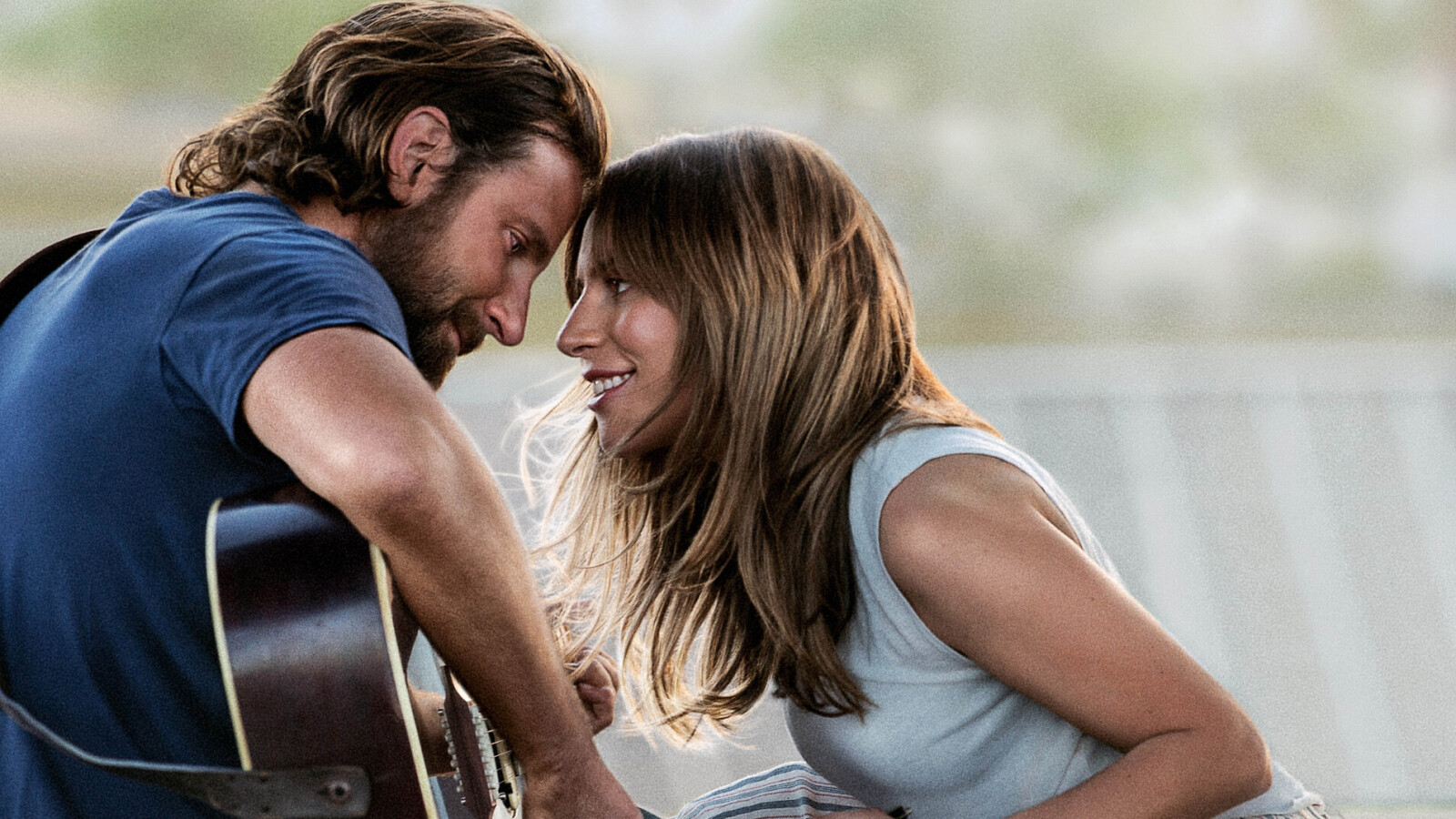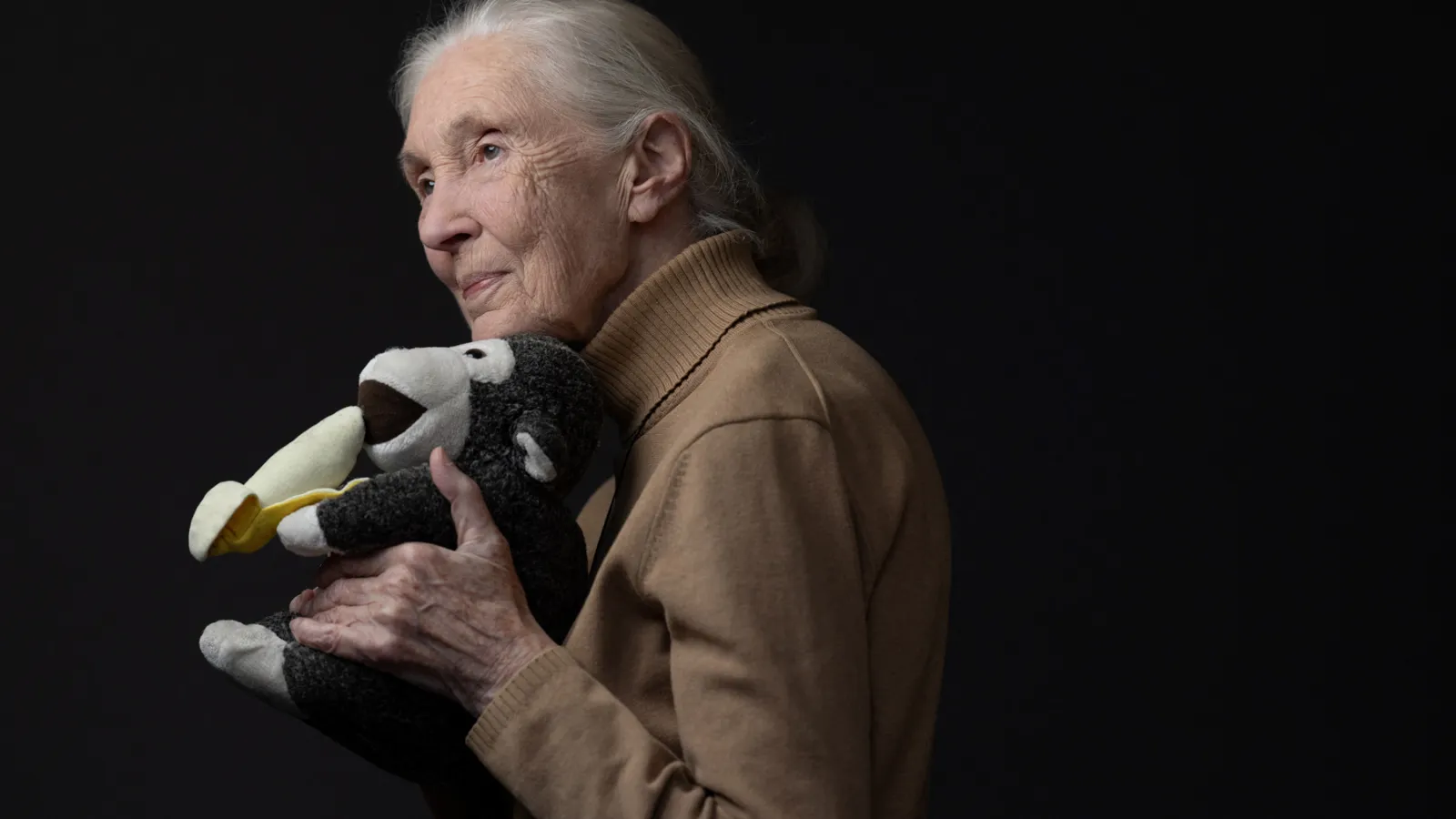Copyright Yardbarker

The novella “Who Goes There?” was first released in the 1930s, but it would go on to have quite an unexpected afterlife on the screen. In 1951, it was turned into the sci-fi/horror movie The Thing from Another World, and it would take another several decades before an unofficial remake, Horror Express, was produced. It would go on to be made into yet another film in the 1980s, when acclaimed horror director John Carpenter turned it into The Thing, which remains a classic of the body horror genre. The original novel I Am Legend was published in 1954 and, like many post-apocalyptic stories, it has remained highly relevant, particularly because it focuses on the lone survivor of a plague that has turned humans into vampires. The book has been adapted to the screen several times, beginning in the 1960s, when it was turned into the movie The Last Man on Earth. The most recent version was I Am Legend, starring Will Smith, and there are indications that a sequel might yet be in the works. Few directors have had as much influence on the zombie genre as George Romero, and each installment has grappled with the anxieties of its moment of release. Day of the Dead might not have been a huge success on release, but it went on to become a classic in its own right. It’s thus not especially surprising to find that it has been remade on more than one occasion, first in 2008 (though the plot bore little resemblance to the original) and then again in 2017, when it was given the new name of Dawn of the Dead: Bloodline. Hollywood seems to have a perennial fascination with stories about families that, for one reason or another, have numerous children, which helps explain why Cheaper by the Dozen has proven remarkably enduring. The original film, based on a series of novels, came out in 1950, and its success practically guaranteed a sequel. There were then a couple of remakes over the years, once in 2003 (which also received a sequel) and then again in 2022, though the latter was not nearly as successful as its predecessors. It’s truly impossible to overstate the influence of Dracula, the novel that remains the source text for countless adaptations and remakes. Obviously, the 1931 version with Bela Lugosi casts a very long shadow, but several other iterations of the story have also become canonical, including the various films produced by Hammer Studios. And, of course, there’s also Francis Ford Coppola’s version, aptly titled Bram Stoker’s Dracula, which brought the romance of the story to the surface, with beautifully gothic results. Charlotte Brontë’s Jane Eyre is one of those books that has been influential in a whole host of ways. Not only has it been adapted to the screen multiple times, but it has also inspired other works that follow its formula. In addition to several silent versions of the story, it has been remade several times during the sound era. Some of the more notable versions are the 1943 version (in which Joan Fontaine co-starred with Orson Welles) and the 2011 version (which co-starred Mia Wasikowska and Michael Fassbender). The Shop Around the Corner is in some ways the paradigmatic romantic comedy, and the original film is very much of its moment of release (1940). However, it does also have a timeless quality, so it’s easy to see why it would remain so enduringly popular. It’s also been remade a surprising number of times, including in musical form (In the Good Old Summertime, released in 1949) and again, many years later, in 1998 as the quintessential ‘90s rom-com You’ve Got Mail (starring Tom Hanks and Meg Ryan). F. Scott Fitzgerald’s The Great Gatsby remains an indelible part of the American literary canon, in part because it is such a potent and piercing portrait of 1920s America. It has also been adapted and remade into a film many times. Though both the 1974 and 2013 versions tend to command the lion’s share of the attention–thanks in part to their all-star casts–there is also a version from the 1940s, in which Alan Ladd played Jay Gatsby. There has been talk that it will be adapted again, though this time it will be animated. The Phantom of the Opera began as a 1910 novel, but since then it has been adapted into a movie and remade several times. Its most notable cinematic adaptations have traversed many different generic traditions, with some leaning into the horror and others into the operatic nature of the story. Of particular note is the 2004 adaptation, which was based on Andrew Lloyd Webber’s popular musical of the same name. While each version takes its fair share of liberties with the source material, they all manage to capture at least an element of what made the original book so compelling. French novelist Pierre Boulle wrote the novel Planet of the Apes, which was adapted into the 1968 classic movie of the same name. Boulle’s book would go on to have a rich history on the screen, with several sequels to the original movie and the Tim Burton film of 2001. The series was rebooted in 2011 with Rise of the Planet of the Apes, and the various movies in this continuity are still being made. For a variety of reasons, horror movies tend to lend themselves quite easily to remakes. Black Christmas, for example, has become a remarkably influential film, inspiring several remakes and also setting the stage for the numerous slashers that followed in its wake. The original movie was released in 1974 and became a bit of a cult classic. It was subsequently remade in 2006 and 2019. Neither of the subsequent versions came anywhere near the critical praise the original continues to receive. Annie, the film based on the beloved comic strip, has been made into a movie several times. The various movie versions — one from 1982, one from 1999, and one from 2014 — are all based, to varying degrees, on the 1977 musical. While not every version of the story has been successful, they all have found their audience. As a whole, they reveal the extent to which this story about a plucky little orphan has enduring appeal for many American audiences. If there’s one book that can be said to be synonymous with Christmas, it would have to be Charles Dickens’ A Christmas Carol. The film version of the story has been remade countless times throughout Hollywood's history, from the silent era to the present. While some of these remakes take remarkable liberties with the story, others — most notably The Muppet Christmas Carol — have been lauded for their willingness to stay true to Dickens’ cautionary tale. Akira Kurosawa’s Seven Samurai is without a doubt one of the director’s most important films, and its impact on subsequent film history is impossible to deny. It’s also one of those movies that has been remade numerous times in various contexts. Arguably, the most famous remake of the film was The Magnificent Seven, which takes the action of the film and moves it to the American West. However, it has also been remade in several other contexts in various genres and styles, ranging from science fiction to animation. The central narrative of Invasion of the Body Snatchers — that a group of aliens steal the bodies of humans, replacing them with emotionless versions — is one that has proven enduringly popular. The original version was released in 1956, and since then it has been remade in 1978 and 2007. Each version has used the broad contours of the tale to grapple with the anxieties of the present, whether that be the specter of the Cold War in the 1950s, the disaffection and cynicism of the 1970s, or the War on Terror of the 2000s. The original version of Love Affair, released in 1939, faced no small amount of controversy, due in large part to its portrayal of adultery. Perhaps because of this, it has been remade several times over the years, including in 1957 as An Affair to Remember (which starred Cary Grant and Deborah Kerr). It was remade yet again in the 1990s as Love Affair, starring Warren Beatty and Annette Bening, and there have also been several Bollywood remakes. The original Perfect Strangers was an Italian film focusing on a group of friends who play a game in which the messages on their phones are read aloud to the entire gathering. Something about the film seemed to strike a chord, because it has been remade more times than almost any other film. As of this writing, it has been remade 20 times in many countries, including Israel, the Netherlands, and Greece. The original version of King Kong is rightly regarded as a classic horror film, and it retains its power even after almost a century. Surprisingly enough, though, it has been remade a number of times, first in the 1970s and then again in the 2000s. The latter gained particular notice because it was the first project director Peter Jackson undertook after the global success of The Lord of the Rings. It might be a bit rough at times, but the remake comes closer than the 1970s version to capturing the magic and wonder of the 1930s version. Lew Wallace’s novel Ben-Hur was a runaway bestseller when it was released in the 19th century, and so it makes sense that it would be adapted into a film. Both the 1925 and 1959 loom large in the world of cinema, for the chariot races, the powerhouse performances, and the enduringly moving story. However, the film was made several times in shorter versions and, though the 2016 version was largely ignored at release, it has surprisingly resonant moments. Few films have been remade in quite as many decades as A Star is Born. Versions have been released in the 1930s, 1950s, 1970s, and 2010s. Each version, however, manages to be heartbreaking in its own unique way, whether the story is set in the world of movies or music. The various iterations of the film have also featured truly remarkable performances by great actresses, including Janet Gaynor, Judy Garland, Barbra Streisand, and, most recently, Lady Gaga.



